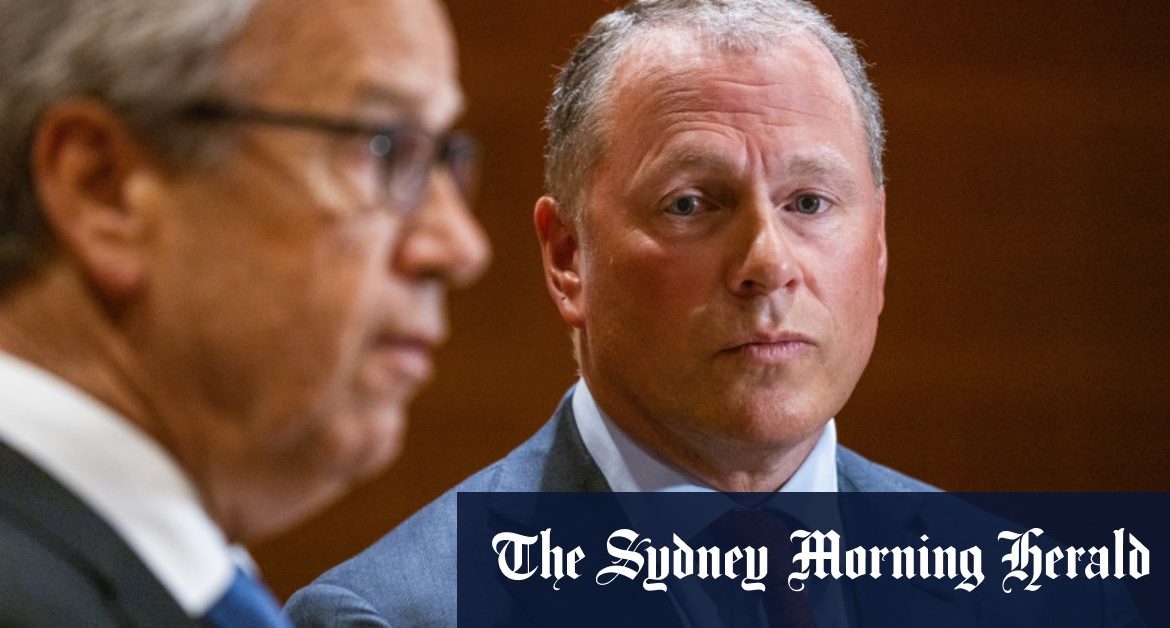The analogy suggests that stocks and bonds touting environmental, social and governance credentials might be in for a correction in the short term, but have significant potential in the longer term.
“We may see something of the same sort now, that what is happening in the green shift is extremely important and real,” Tangen said. “But to what extent stock prices reflect it correctly is another question.”
The hyperbole around ESG assets is hard to miss. Global issuance of debt that meets sustainability criteria will reach a record of at least $US1 trillion this year, according to SEB AB, the Swedish bank behind the world’s first ever green bond more than a decade ago.
Last year, governments, corporations and other groups raised a record $US490 billion selling green, social and sustainability bonds. A further $US347 billion poured into ESG-focused investment funds, marking an all-time high, and more than 700 new funds were launched globally to capture the deluge of inflows, according to researchers at Chicago-based Morningstar.
Asked specifically about the risk of an ESG bubble, Tangen said it’s his instinct to be “worried about everything between heaven and Earth. Overpricing in parts of the market is one thing I am worried about.”
Loading
As of the end of January, the fund hadn’t managed to invest a single cent in the renewable energy infrastructure space, for which it’s had a mandate since 2019, to avoid buying at inflated prices. The goal is for the portfolio to eventually reach about 1 per cent of the total $US1.3 trillion fund. Tangen has already said that might prove hard, with demand for renewable infrastructure assets driving up prices.
Part of the challenge is operating in an environment in which pretty much all asset classes have been inflated by unprecedented monetary support.
“We must be prepared for corrections in the stock market,” the wealth fund’s deputy CEO, Trond Grande, told reporters.







